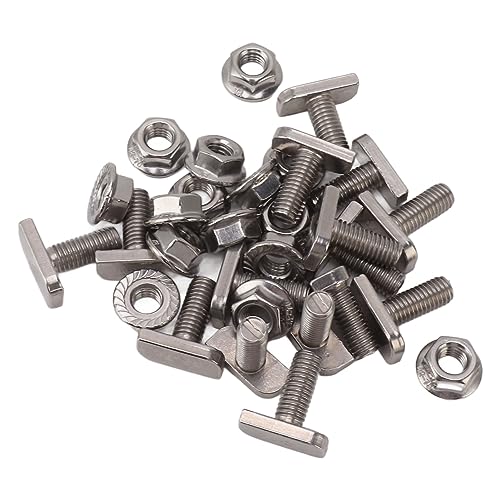johnb2713
Well-known member
The heater hasnt run at all apart from at the very start. We've had -4 degC and 40w heater managed to keep the battery compartment (empty) to 10 degC with just simple 6mm insulation board in a wooden enclosure. This showed a 31% duty ratio so the heatloss on my wooden box is around 13w.Looks great !
Any figures on how much energy the heater uses for keeping the batteries warm ?
After installing the batteries, they remained between 12 deg C and 19 deg C during operation, the heater never coming on. Theyve sat at about 9 deg C above ambient temperature.
I havent noticed this but it's early days.Also how are you getting on with the 5000kva victron. Do you find you are always pulling annoying extra power from the grid ? With my multiplus II 8000 when it’s on grid and the house pulls more than 6.5kw the additional comes from the grid. When it’s off grid it can make 9.5kw sustained (although complains about overload)
I do have rather odd charging behaviour though. My Growatt Hybrid charges in straight line from 0 to 90% and then the charge rate reduced as you would expect. The Victron starts in a similar way but every half hour or so the charge rate reduces considerably for 5 minutes or so and the resumes back to the 4.4kW this continues until the 80% mark where the max charge rate reduces but still the same every 15 minutes or so a reduction for 5 minutes. Theres no alarms, it's reading the % correctly from the BMS, it's really odd.
T




































































